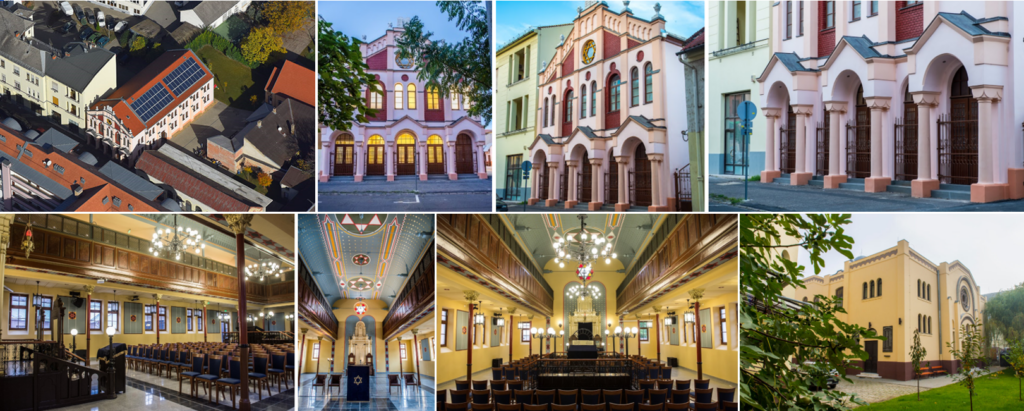
Toledot, Shabbat Machar Chodesh
Genesis 25:19–28:9, First Book of Samuel 20:18–42, and Isaiah 42:5 and 42:21
The parasha Toledot recounts the birth of Yaakov and Esav, their rivalry, and Isaac’s blessings. The haftara for Shabbat Machar Chodesh discusses the friendship between Jonathan and David, mentions “Tomorrow is the new moon” (I Samuel 20:18), and emphasizes divine protection and the importance of loyalty. Lastly, the opening and closing verses of the haftara for Toledot (Isaiah 42:5 and 42:21) highlight Israel’s divine mission to bring justice and light to the world.
I Samuel 20:42
וַיֹּאמֶר יְהוֹנָתָן לְדָוִד, לֵךְ לְשָׁלוֹם: אֲשֶׁר נִשְׁבַּעְנוּ שְׁנֵינוּ אֲנַחְנוּ,
בְּשֵׁם ה’, לֵאמֹר, ה’ יִהְיֶה בֵּינִי וּבֵינֶךָ וּבֵין זַרְעִי וּבֵין זַרְעֲךָ, עַד-עוֹלָם.
And Jonathan said to David: “Go in peace, since we have sworn, both of us, in the name of H’, saying, ‘May H’ be between you and me, and between my descendants and your descendants, forever!’”
Hungarian President Viktor Orbán has guaranteed that the international arrest warrants issued by the ICC(1) against Netanyahu and Gallant will not be enforced in Hungary and has decided to suspend Hungary’s relations with the ICC. This gesture reflects peace and loyalty toward Israel. Similarly, in 1990, the city of Debrecen, Hungary, also demonstrated peace and loyalty toward Israel by establishing a twin-city partnership(2) with Rishon LeZion.
Debrecen is home to several Jewish places of worship, including the Orthodox synagogue on Pásti Street. Built in 1894, it is a remarkable example of Neo-Moorish architecture, designed by architect Jakob Gartner(3). In 2000, the synagogue was officially declared a historical monument, and its restoration was initiated. Reopened in 2005, it now serves as a place of prayer as well as a tourist and conference center.
Notes
1 ICC: The International Criminal Court is an international organization established to prosecute perpetrators of genocide, crimes against humanity, war crimes, and crimes of aggression. The ICC is based in The Hague, Netherlands.
2 A twin-city partnership is a symbolic gesture that fosters strong, lasting relationships of solidarity and cooperation for mutual development by encouraging cultural, educational, and economic exchanges.
3 Jakob Gartner (1861–1921) was an Austrian-Jewish architect specializing in synagogues, known for his eclectic style combining Neo-Moorish, Neo-Romanesque, and historicist influences. Among his notable works are the Orthodox synagogue in Debrecen and the synagogue in Gänserndorf, Austria.


